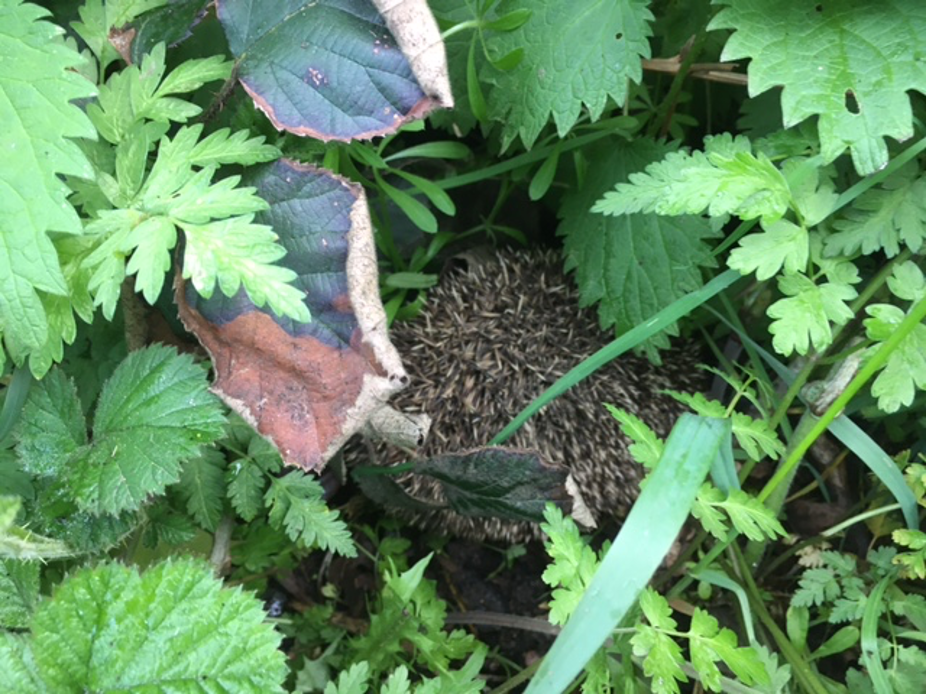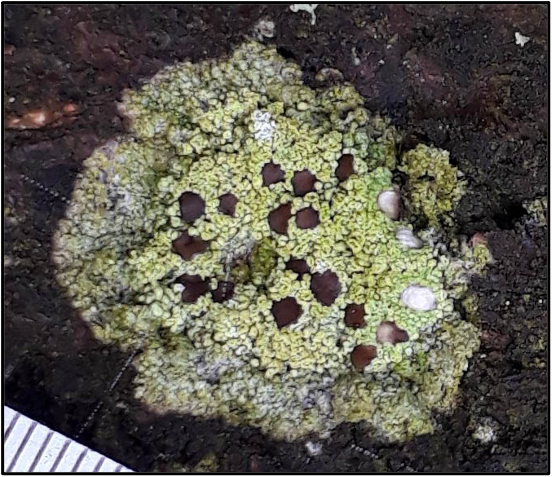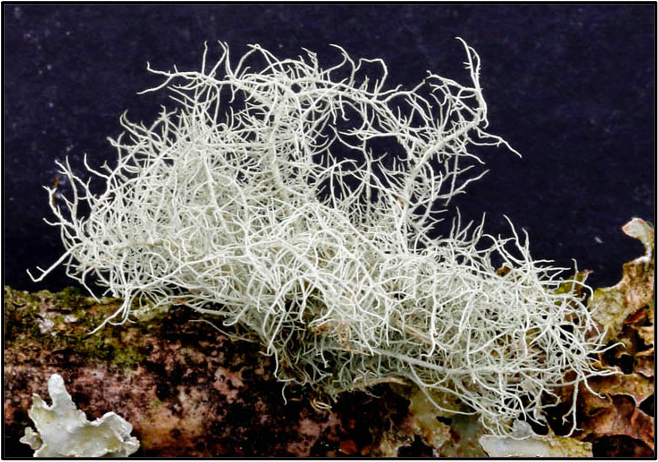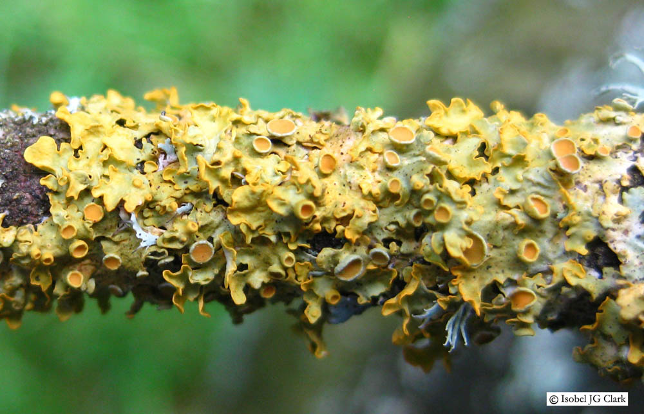CONSERVATION
New Projects
Members of the HCCPS Committee are looking into some new projects. If you would like to help or have an idea of a project you would like to be involved with, please contact a committee member.
Wildflowers: We hope to be able to encourage more widespread growth of wildflowers native to our Commons. Over the past few months snowdrops, fritillaries and native daffodils have been planted by DofE volunteers, the school children and committee members. Sarah Higgins is overseeing this project.
Janet is attempting to grow our rare harebells from seed since we now only have a few specimens.
Glow-worms: These used to be spotted quite regularly in summer around this area and Rebecca Walton has undertaken to research why this is no longer the case and whether they can be re-established.
Update 2021: John Tyler, an expert on glow worms, visited our Commons with David and Rebecca and a few others in late May. He concluded that several parts of the Commons appear suitable habitat for glow worms. Apparently, they like open areas of grassland and lowish scrubby wood edges. Moist areas are good since they encourage slugs and snails which are the only things that the glow worm larvae eat. The larvae take two or three years to fully grow by which time they will have consumed approximately 70 slugs or snails!! (We could all do with some in our gardens at present!).
Adults only survive for a short time and do not eat anything. The larvae have a pulsing glow whereas the adult female has a steady glow. She remains close to the emergence site and is flightless and will glow until mated (up to a few weeks). The adult male is able to fly some distance but spreading out to form new colonies is limited because the females remain in the same area where they emerged.
David and Rebecca have been out surveying our Commons recently for any sign of glow worms using 12 LED lures but so far have found no sign of any. John Tyler pointed out that given the weather conditions they were later this year than at other times. Reintroduction of larvae from one of John’s sites may be possible in the future.
Small Mammals:
A few weeks ago Peter Hopkinson stopped the traffic when he spotted a hedgehog crossing the road from Stoney Lane towards Hawridge Place. This is the only sighting of a hedgehog that we know of down this end of the Commons since I think the early 60s. Apparently they don’t co-exist with badgers which are able to unroll and eat them. I hope that this one has survived! Do you know of any other hedgehogs around? Please let us know.
Andrew Jordan in Hawridge Vale inadvertently trapped a polecat in a pit in his garden. See the photo on the right.
We have purchased 10 Small mammal traps. So far, we have only succeeded in trapping wood mice and a house mouse! Again, Lizzie will continue to trap when she visits and she is keen to involve other local people in carrying out small mammal trapping. She is happy to show volunteers how to do it and has produced a step-by-step guide for anyone who would like to carry this out. We have also purchased a very useful guidebook to identify species which have been trapped.
Amphibians: Lizzie Every will continue to visit and to check the ponds.
Lichens: Isobel Clark has updated us on her findings. August 2021
‘Over the last 5 months I have been wandering the Commons and wider area, looking out for lichens of all sorts. I’ve been amazed that they seem to be almost everywhere and that I didn’t really see them before now…. the tiny lichens slowly grow, fruit and disperse, collecting food and water from the air whilst attached, more or less, to trees, posts, stones and tiles.
Lichens consist of at least two organisms growing together, a fungus and either an alga or a cyanobacteria. There are three main groups:
‘Crusty’ lichens are found on all kinds of surfaces, from stone, brick, tile and metal to worked wood and live bark. They grow very slowly and are attached to the surface so strongly they cannot be removed without taking some of the substrate to which they are attached. Fuscidea lightfootii – a crusty lichen (photo by Isobel Clark)
‘Bushy’ lichens are found mostly on bark, and grow from a single point of attachment known as a holdfast. These are sensitive to nitrogen and sulphur dioxide pollution so usually only grow in very clean air where there is no fertilising of crops, burning of coal or lots of traffic. Usnea subfloridana – a bushy lichen (photo by David Dennis)
So it is encouraging that I have found a few examples of Usnea on the Commons as well as several examples of other bushy lichens.
‘Leafy’ lichens mostly grow on bark and wood but can sometimes be found on stone. They are attached at many points underneath but can usually be removed without taking any of the substrate. They vary in colour from grey through green to yellow and orange. One of the most common ones I’ve found, near to roads and arable fields, is Xanthoria parietina which is orange when it is in the sun and greyish when in the shade. There’s so much of it beside the road that you can see it from quite a distance. This one seems to thrive near sources of nitrogen pollution. Xanthoria parietina – a leafy lichen (photo by Isobel Clark)
On our Commons, the lichens which are most sensitive to pollution seem to be particularly numerous on old hawthorn trees growing either in hedges or woodland edges where they have been well-lit for decades. Areas that are particularly well-endowed are the scrub areas beside the bottom ride and in one place beside Horseblock Lane.
If we can conserve these habitats, away from roads and arable fields, we should be able to support communities of these ancient and symbiotic life-forms which give us an indication of pollution levels and contribute to the absorption of CO2, possibly helping to slow climate change.
Other suggestions and offers of help are welcome!
Please contact me lindsaygriffin@yahoo.co.uk (758440)
Please help us maintain these beautiful Commons for the benefit of local wild life and people alike. Every donation however small will help us with conservation projects like these across the Commons.
Watch this short video about Conservation on the Commons
Polecat seen in Hawridge Vale
A rare hedgehog





